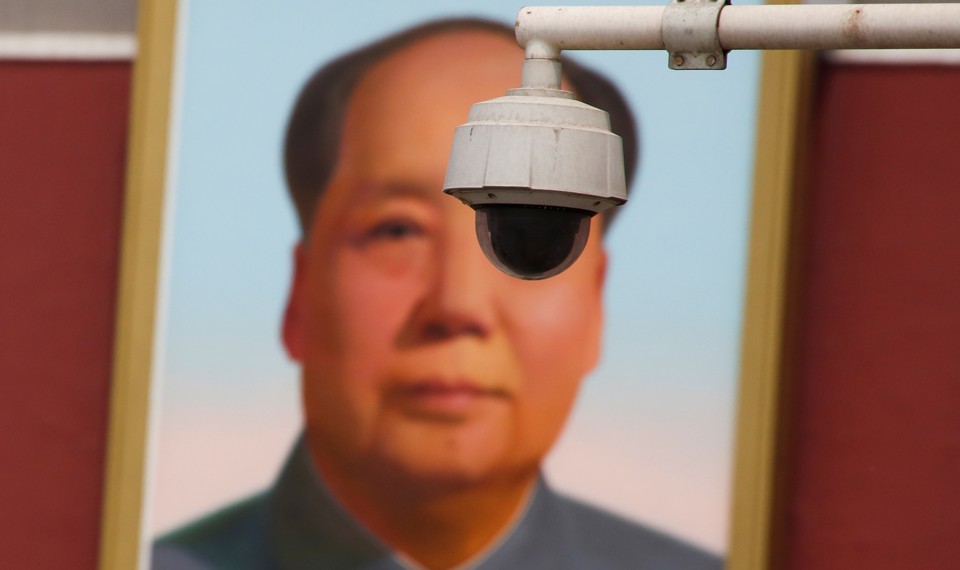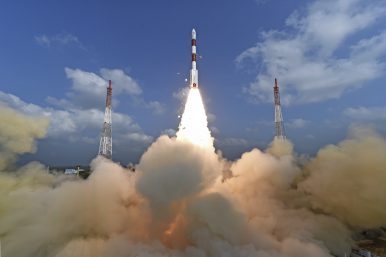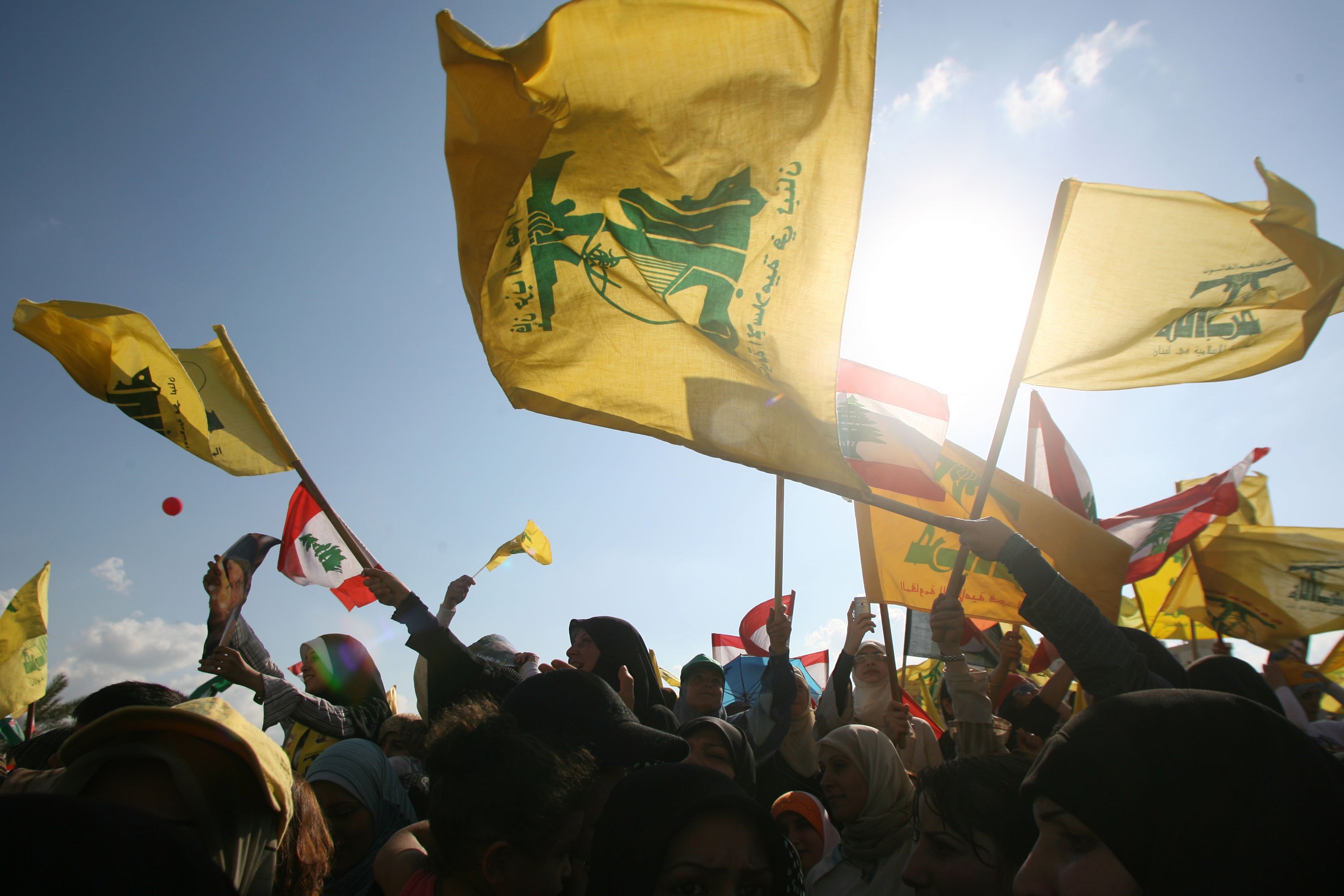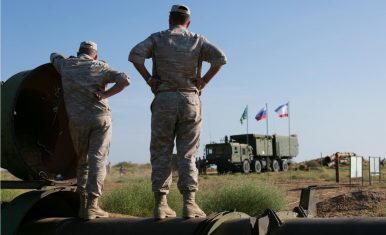February 05, 2018
Lieutenant General Kamal Davar (retd).
For the world and India, one of the most enduring challenges of the times is for Pakistan's nukes to be neutralised, before they are ever used by the State, their sponsored non-State actors or any rogue elements from the many terror tanzeems dotting Pakistan's unstable landscape, says
Pakistan has a total of 15 nuclear sites, of which only three -- Karachi, Chashma and PINSTECH --are under IAEA safeguards.
Others are under the control of the army and remain unsafeguarded. Additional plutonium enrichment plants are coming up at PINSTECH.
Reportedly, Pakistan produces HEU at a rate of 100 kg per year. Its HEU-based warheads require between 15 and 20 kg of HEU each.
Pakistan is also producing plutonium for plutonium-based warheads to which they are changing over from HEU.
It is reported to have the fastest growing nuclear arsenal in the world with estimates of 120 to 140 warheads in its possession.
The development of Pakistan's nuclear delivery systems has been assisted mainly by China and North Korea, while some systems are indigenously produced.
Pakistan's delivery vehicles include modified F-16A/B aircraft and a few Mirage V and Chinese-built A-5 Fantans, under the control of the Pakistan air force and a variety of surface-to-surface missile systems under the control of the army.
The F-16s are likely based at the Sargodha air base, located 160 km northwest of Lahore.







